Work in progress: How to transform out-of-date Bridge of the Americas into 'beautiful' port
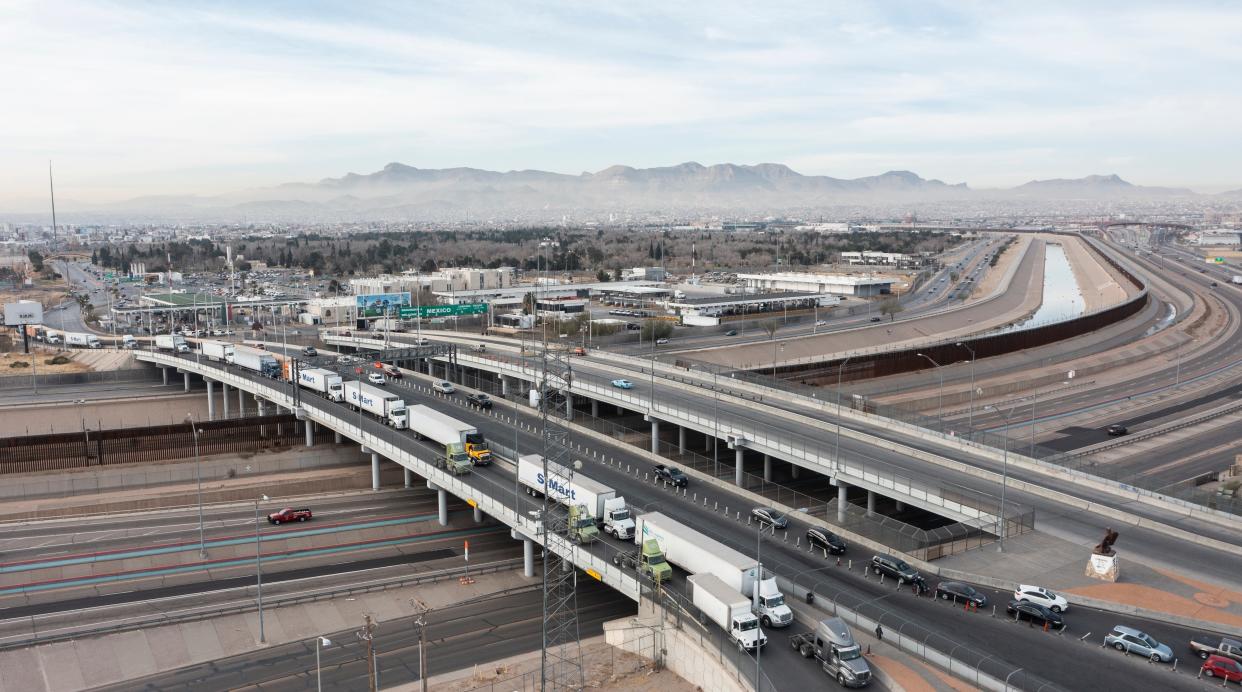
- Oops!Something went wrong.Please try again later.
Bridge of the Americas, the 50-year-old U.S. land port connecting El Paso to Juárez, is slated to undergo a massive facelift in the coming years, but first, the county, the federal government and the residents who call the area around the port home have to agree on the plans.
The ambitious modernization project has been in the works for more than a decade, with feasibility studies completed in both 2008 and 2018, but got new life in April 2022 when the Bipartisan Infrastructure Law allocated more than $600 million to fund it.
More: At Bridge of the Americas, what will a $600 million makeover look like?
Later that year, Richter Associates, the Corpus Christi-based architecture firm that oversaw the Tornillo and Ysleta port projects, was awarded a $820,000 contract for an enhanced feasibility study for the Bridge of the Americas project.
The feasibility study is set to be completed in September, with a design award announced in April 2026 and construction scheduled for completion in June 2031.
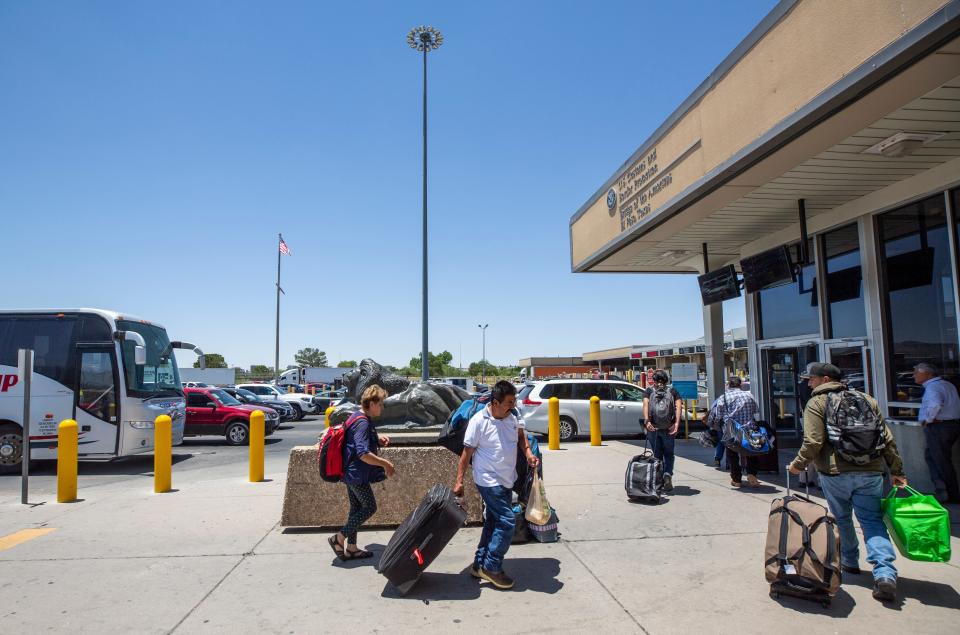
For now, the General Services Administration and U.S. Rep. Veronica Escobar, D-El Paso, are trying to reach a compromise with the local residents and institutions invested in the area around the port best known as the puente libre, or the "free" bridge because it's the only one locally with no toll.
CBP processes millions of crossings annually at the Bridge of the Americas. So far in fiscal 2023, CBP has recorded more than 933,000 northbound pedestrian crossings and roughly 3.6 million passenger vehicles.
The main building where customs officers work dates to the 1960s. Trash bins collect water leaking from the roof when it rains. In the kiosks outdoors, where officers process passenger vehicles, an outdated HVAC system blows barely cold air overhead. It has none of the architectural charm that made it a state-of-the-art facility back when Lyndon Johnson was president.
For El Paso County Commissioner David Stout, who now stands as the lone voice on the commission consistently pushing for changes to the various plans that have been presented, the concerns are myriad.
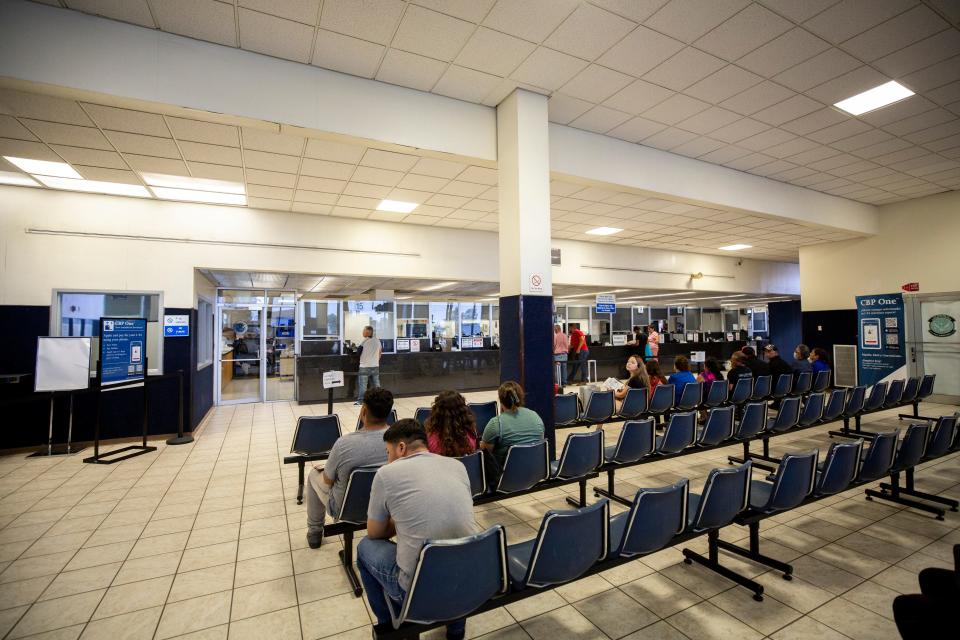
"I think most concerning to especially the folks that live near the Bridge of the Americas is the fact that there is truck traffic that's crossing that port of entry," Stout said. "I think probably it's the only port of entry along all of the southern border of the U.S. that's basically surrounded by residential neighborhoods."
Cargo truck traffic has been declining at the Bridge of the Americas, as the Ysleta-Zaragoza bridge and Santa Teresa crossing take more commercial traffic on El Paso's Eastside and in southern New Mexico, respectively.
In fiscal 2018, nearly 271,000 trucks crossed the Bridge of the Americas, according to the Texas Department of Transportation. CBP reports it has processed roughly 88,000 cargo trucks so far in fiscal 2023, which ends Sept. 30.
In fact, the Paso Del Norte bridge is flanked by both Chihuahuita and Segundo Barrio, but that doesn't quell Stout's concerns about the Bridge of the Americas project.
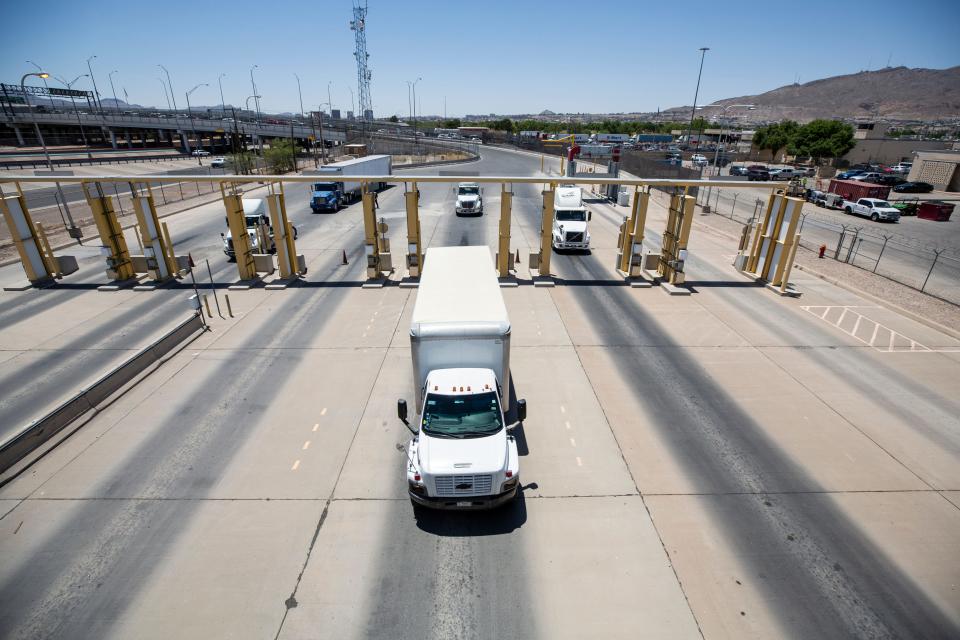
"There's constant traffic, 24 hours a day," he continued. "I think it's one of the areas that, unfortunately, the air quality is not monitored, because we all know it's probably one of the worst areas for air quality in the county."
But Escobar, an advocate for modernizing the border crossing, warns persistent concerns could spell doom for the project.
"There is always a risk of losing the money if the project is delayed," she said. "And I can also tell you ... there are other communities who would love to get their hands on that money for their land ports. If we were to lose this money for any reason, then the status quo remains."
"The whole point of the investment is to reduce the carbon footprint of the land port, create more efficient crossing and ensure that we have a land port that also better protects pedestrians," Escobar added. "If this money were for any reason to go to another community, or if there were delays that essentially caused us to lose this money, then there's no way to make improvements that would provide for greater safety and efficiency."

For now, Stout's opposition to the plan, which he said jibes with concerns he's heard from various organizations and residents in the area, amounts to little more than a political issue for Escobar — he alone cannot derail or alter the plan, but continued concerns among a portion of Escobar's local voting bloc could pose as issue for the congresswoman as she eyes reelection.
Why are upgrades sorely needed at Bridge of the Americas?
Built in 1967, the Bridge of the Americas land port covers 28 acres of fully-developed property surrounded by the highway on three sides — it's a key and historic link in the Borderland.
Because it is toll-free for inbound and outbound commercial, non-commercial and pedestrian traffic, the port sees heavy traffic with commuters opting to use it instead of paying a toll at one of El Paso's other land ports of entry, the Zaragoza bridge on the Eastside or the northbound Paso Del Norte and southbound Stanton Street bridges in Downtown.
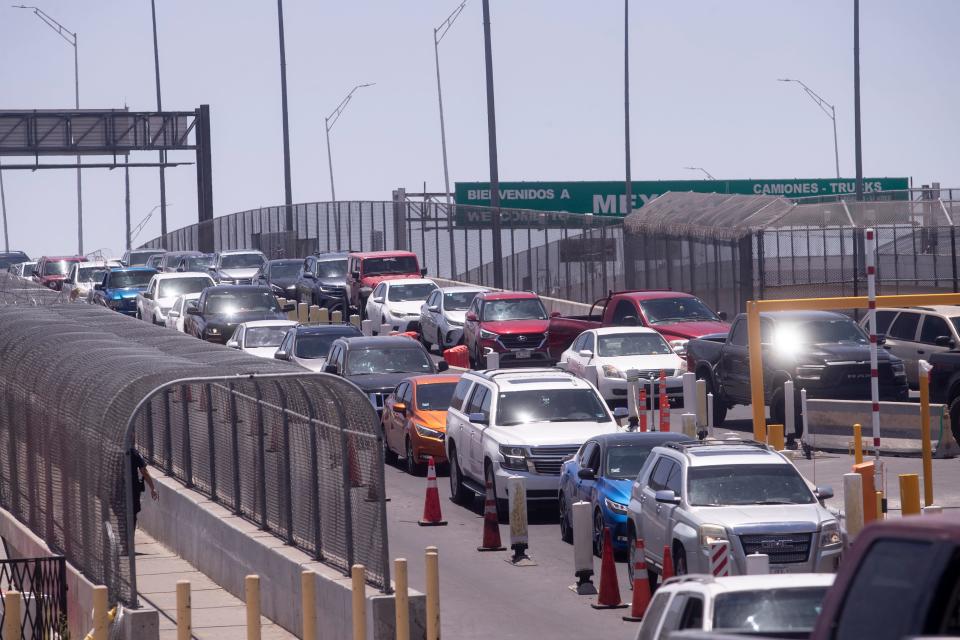
Pedestrians using the bridge often weave between the cars and trucks as they come and go. U.S. children living in Juárez use the port of entry to walk to nearby schools.
"That land port of entry has not seen any significant investment since (it was) constructed," Escobar said.
GSA Regional Public Affairs Officer Tina Jaegerman shared a similar sentiment, saying in an emailed response to questions that the facilities at the Bridge of the Americas port of entry "have reached the end of their useful life."
"Most of the buildings are operating at or beyond capacity, no longer meeting the federal government's current mission requirements and design standards," she said in the email. "An increased volume of traffic over the last few years has created significant congestion causing additional concerns."
"The modernization project, "Jaegerman continued, "will support the mission of the federal inspection agencies by creating a safer, more modern facility better designed to accomplish key tasks like identifying high-risk activity and shipments, while also advancing other priorities."
More: More federal funding on the way for El Paso infrastructure
Escobar confirmed that she has seen renderings, but neither her office nor the GSA were able to provide copies. However, Escobar described the preliminary designs as "a beautiful land port with solar panels and lots of natural light and a sunken garden for the area that protects and separates pedestrians."
None of those plans are set in stone, she noted, as there are many more steps before a final design is set.
"There are four alternatives," Escobar said. "And while no final decision has been made, GSA has indicated their preferred alternative is the one that does not impact the county or any private property. My assumption is that if that were to change, they would have to change the rendering."
Seeking agreement on best 'option' for the Bridge of the Americas project?
The El Paso County Commissioner's Court recently sent a letter to the GSA announcing its support for Option 1A, also called the "future option," which would make the upgraded facility "scalable" and easily modified if truck traffic were eliminated in the future.
But even that was not without conflict, as Stout and his office had prepared a letter pushing the GSA to adopt a plan that did not include truck traffic from the onset.
"Basically, all the work my staff had done together with county staff to put that letter together and make sure it put forth what we thought we wanted to start with as we talk about this project," Stout said. "That language was pretty much taken out (and) I ended up having to vote against my own initiative."
More: Border truck crossings delayed as feds close Bridge of Americas to northbound shipments
The commission had voted unanimously twice on sending a letter in opposition to the possible alternative, deciding instead to push for the elimination of truck traffic at Bridge of the Americas, but Commissioner Carlos Leon and County Judge Ricardo Samaniego changed their votes and a letter supporting the alternative was drafted.
"The language now in the letter is that the county supports version 1A, or Alternative 1A," Stout said. "In the letter, it still talks about us wanting to work with the federal government to maybe move the truck traffic off the port of entry, but to me that really watered it down and gutted the message I wanted to send."
"I think we need to work on behalf of the constituents who live in that area," he continued. "It's their lives, not their livelihoods, their lives, there's a difference. Someone's life is important and we need to look at that."
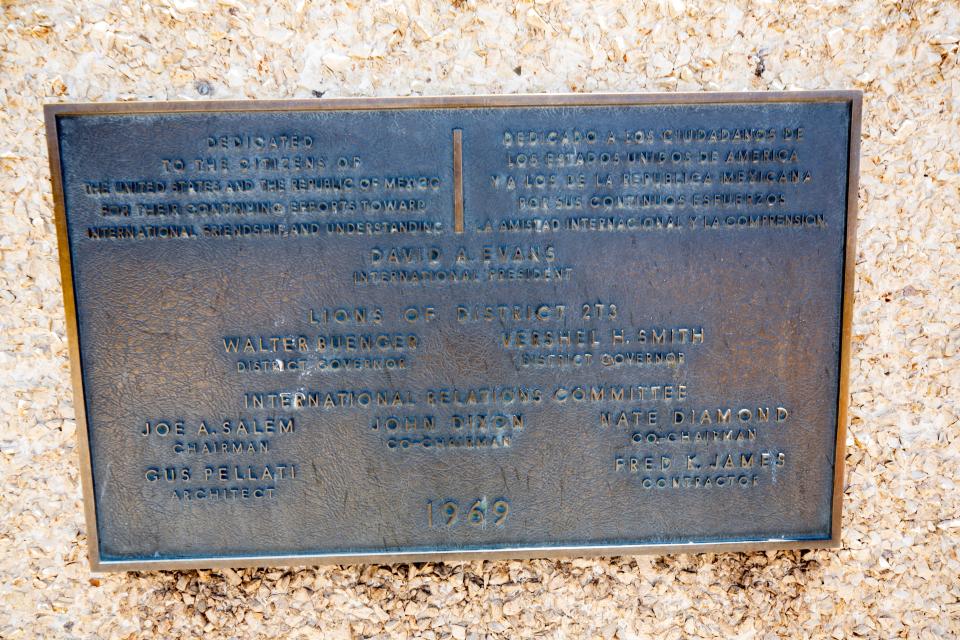
While the option being supported by the commission does not eliminate truck traffic at the Bridge of the Americas, it does preserve all of county and private property in area, including the Rhino's stadium, the coliseum and the Paisano Green housing development, all facilities that had once potentially been on the chopping block.
For now, that might be the best option, Escobar said, as eliminating truck traffic at the port is not within the purview of the GSA.
"That is not a decision that the GSA can make through this (current) process," Escobar said. "That is a separate process that would involve international conversations between the (American and Mexican) governments because, obviously, both governments would have to agree if we were to remove commercial traffic both northbound and southbound. So, that's a separate process from the investment the federal government is making in the ports but the alternatives do allow for changes in the future if that decision is made."
Under the current option favored by the county, Escobar said, lanes currently designated as commercial could "easily become (privately-owned vehicle) lanes for vehicle crossing."
"There's flexibility for other usage," Escobar said.
Escobar said she has engaged with both the State Department and GSA to address the possibility of moving commercial truck traffic away from the bridge and is currently working on a process for stakeholders to speak out on the idea.
"I think that there are a lot of people who would like to weigh in, so I want to make sure that process exists," Escobar said. "We haven't quite figured it out yet ... but we're working on it."
What's next in the Bridge of the Americas modernization process?
Escobar, the GSA and other officials have been hosting a series of public meetings to present the various options for the modernization project and get feedback from local stakeholders on what the project should include.
Meetings kicked off in August 2022 and there have since been three others in November 2022, April 2023 and June 2023.
"The GSA is taking all the community comments into considerations throughout the first phase of this community engagement, then there will be a second phase that I believe will begin next month," Escobar said. "There is still another general public meeting that's going to happen in this initial phase ... but at the same time, the GSA is meeting with individual stakeholder groups."
But Stout asserts those community meetings have essentially ignored the concerns of those in attendance.
"I understand the community felt like they wasted their time," he said, "that they were not heard, they were not listened to. What was the point of even engaging them?"
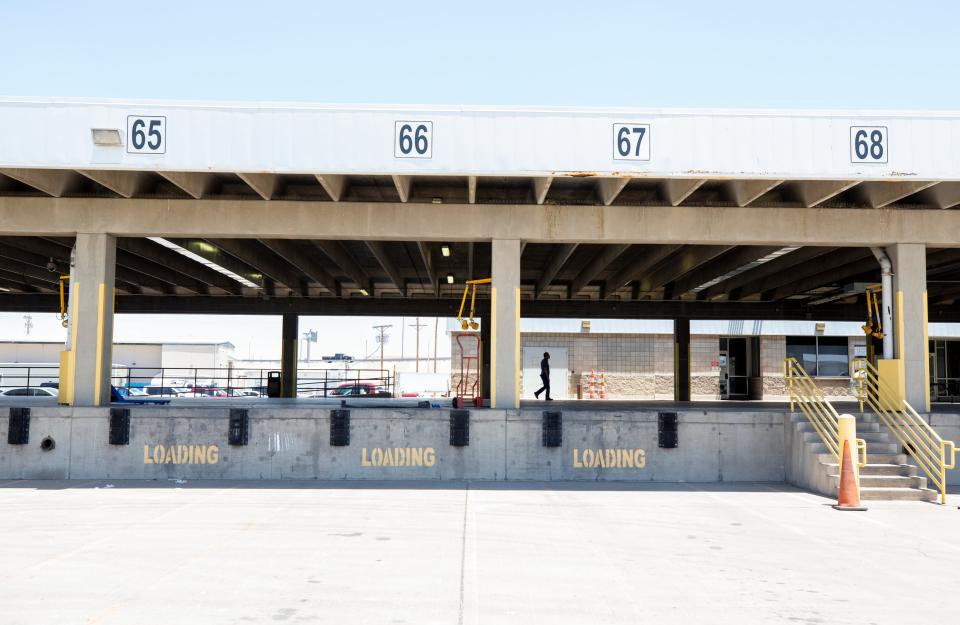
The current feasibility study underway is set to end in September. Following that, there will be a National Environmental Policy Act (NEPA) review, which will examine what laws might impact the project and how the project might impact the area.
Residents can submit comments on the project via BOTA.NEPAcomments@gsa.gov.
Additionally, Escobar has sent a letter to the GSA requesting a Health Impact Assessment for the project in addition to the NEPA Environmental Impact Statement.
"Residents who live near the port have raised concerns about the environmental and health impacts that already exist along with questions about whether the project could potentially exacerbate existing issues," Escobar wrote in the letter. "El Paso is an economically disadvantaged community in a region where our residents are burdened with poor air quality and the negative impacts of climate change. The pollution emitted by idling vehicles waiting for inspection at all of our land ports has significantly impacted the well-being of residents, federal personnel, and students and staff at nearby schools. The lack of adequate CBP personnel to operate all our land ports at full capacity – to more efficiently move that traffic — has exacerbated wait-times and increased that pollution.”
The next step in the process, which will not kick off until April 2026, will be the announcement of the design award. The construction contract will be awarded in August 2028 with most of the construction expected to be completed by June 2031.
Reporter Lauren Villagran, who covers immigration and the border, contributed to this report.
This article originally appeared on El Paso Times: Bridge of Americas at end of 'useful life,' but how should it be modernized?

